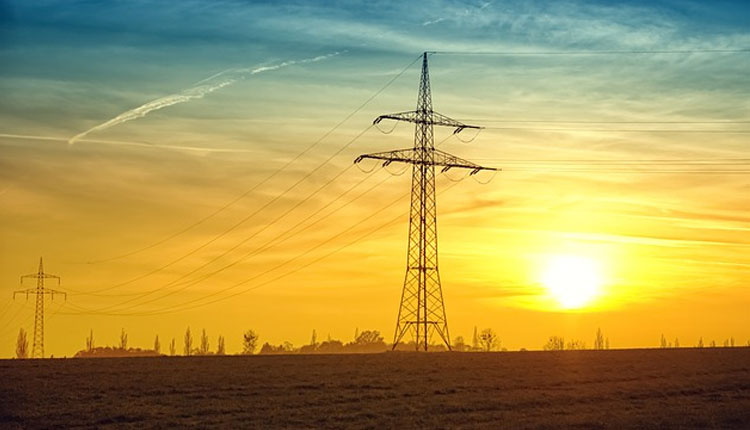India–US Trade Tensions Rise Over Steel and Auto Tariffs NMDC Limited reports a 38% drop in Q4 FY24 consolidated net profit RINL to Raise $23 Million Through Land Sales Amid Crisis

In the past nine years, India has witnessed a monumental shift in its power sector, with investments totalling a staggering ₹17 lakh crores. Union Power and New & Renewable Energy Minister, R. K. Singh, recently highlighted the strides made in the industry, revealing plans for an additional investment of ₹18 lakh crores in the construction of power capacity.
Addressing the Moneycontrol’s Policy Next Summit in New Delhi on January 18, 2024, Minister Singh emphasised the crucial role of electricity in a nation's development. He noted that a key distinction between developed and developing countries lies in their power infrastructure, stating, "No country can develop if it does not have sufficient power."
Singh proudly shared India's achievements in reducing power shortages, with a decrease from around 5% in 2014 to less than 1% recently. Universal electricity access has been a priority, connecting 29 million homes in just 19 months, a feat recognised by the International Energy Agency as the largest and fastest expansion of energy access in the history of the power sector.
The Minister outlined the remarkable growth in power capacity, including the addition of 194 GW, with renewables contributing around 107 GW. The integration of 193,000 circuit km of transmission lines has established the world's largest integrated grid, operating at a single frequency. Rural power availability has surged from 13 hours in 2015 to approximately 21 hours today, while urban areas enjoy 24 hours of electricity.
Asserting the government's commitment to uninterrupted power, Singh declared, "We have Rules which say that 24X7 power is now a right, no discom can do gratuitous load-shedding; if they do that, they will have to pay penalties, and consumers will get compensation."
India has emerged as a leader in energy transition, with a rapid pace of renewable capacity addition. The initial target of 40% capacity from non-fossil fuels by 2030 has already been surpassed, reaching 44%. The revised goal aims for 50%, with Singh confident that 65% of India's capacity will be from non-fossil sources by 2030.
Singh highlighted the substantial investments made in the power sector, amounting to ₹17 lakh crores over the past nine years, with an additional ₹17.5 lakh crores earmarked for capacity under construction. The focus includes 99 GW of renewable energy capacity, 40-50 GW of renewable capacity bidding annually, and 35 GW of Pumped Storage Projects.
Acknowledging the rising power demand, Singh projected a peak electricity demand of over 400 GW by 2030, indicative of the nation's robust economic growth. To meet this demand, India plans to surpass 500 GW of renewable capacity by 2030, with a significant emphasis on green hydrogen manufacturing.
Singh underscored India's competitiveness in renewable energy, boasting the world's cheapest renewable energy despite global subsidies and protectionist measures. The government aims to further reduce storage prices through a Production Linked Incentive Scheme for grid-scale storage.
While commending India's achievements, Singh emphasised the need for domestic manufacturing of larger-capacity wind turbines and encouraged investment in High Voltage Direct Current (HVDC) Transmission Lines. He expressed concerns about the declining manufacturing capacity of thermal power equipment and called for augmentation.
Singh emphasised India's role as a global leader in achieving Nationally Determined Contributions (NDCs) and highlighted the nation's commitment to reducing emissions. The Minister affirmed that India is making its rules and regulations business-friendly, facilitating the seamless generation, buying, and selling of power across the country.
India's power sector is on an upward trajectory, poised to meet the growing demands of a thriving economy while championing sustainability and renewable energy.
Also Read : Global Steel Production Drops 5.8% in June, Amid China’s Slowdown Good news for cross-border trade as govt readies customs pacts